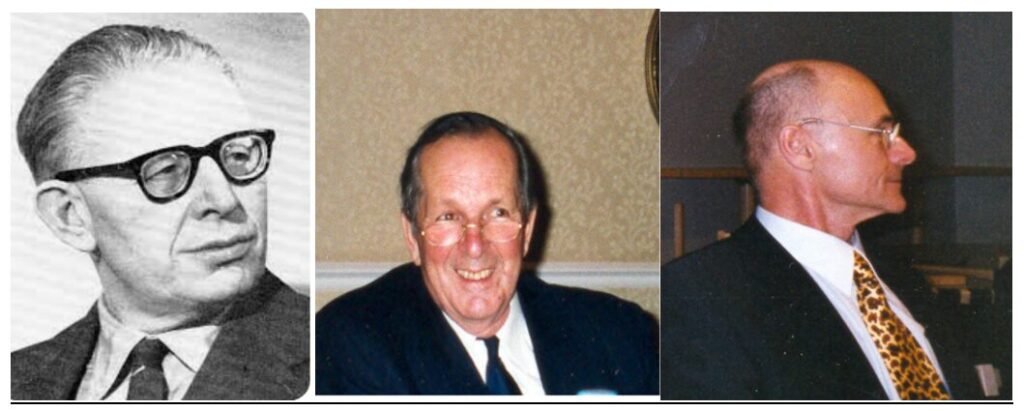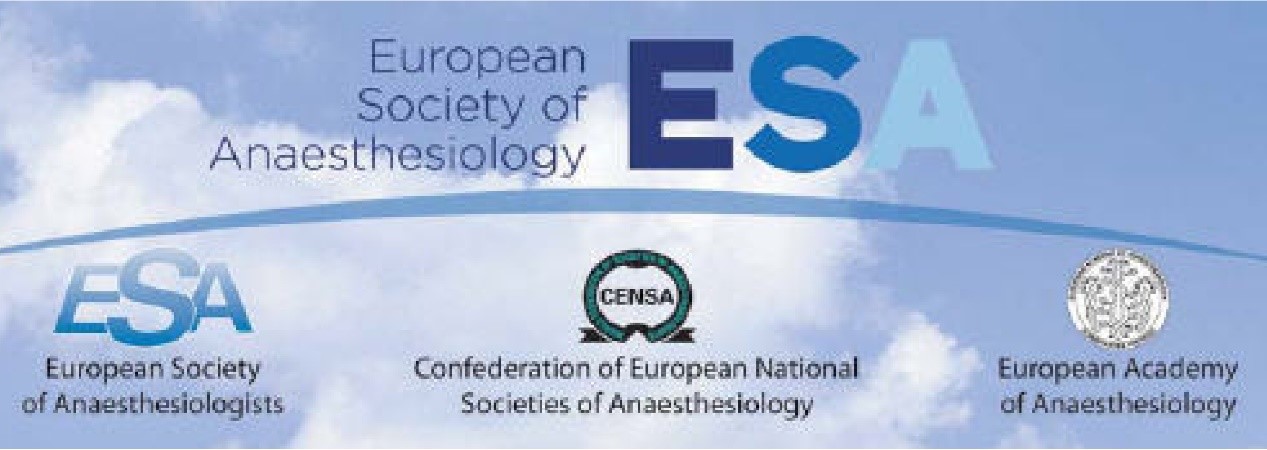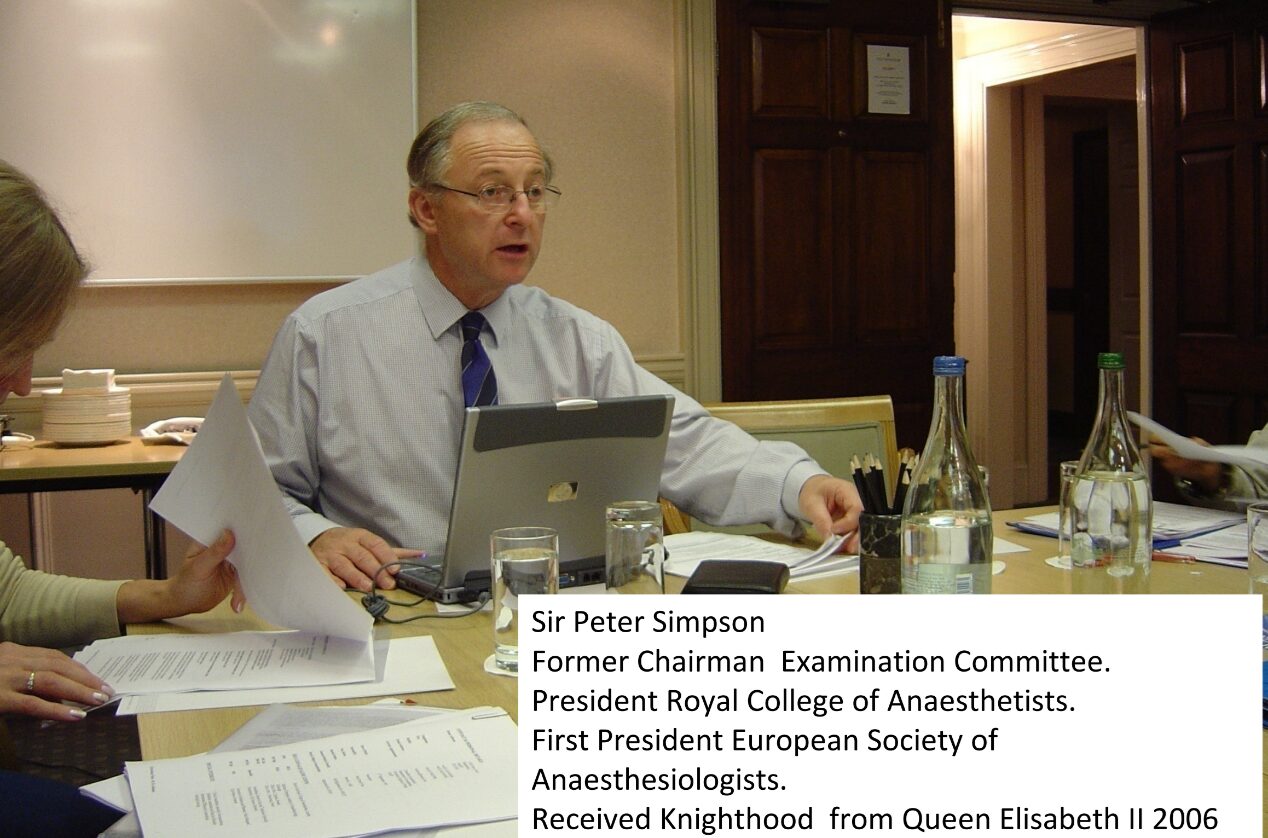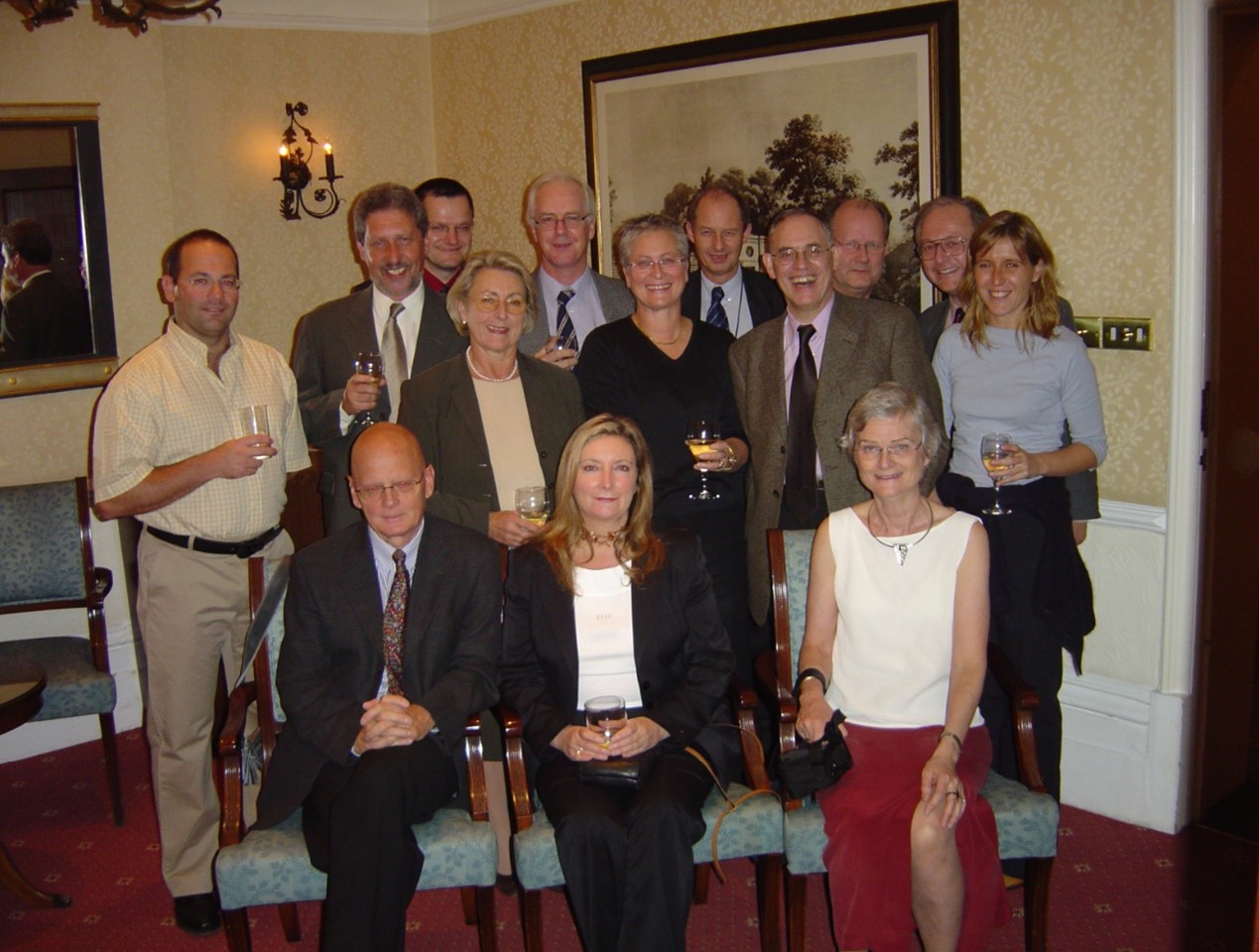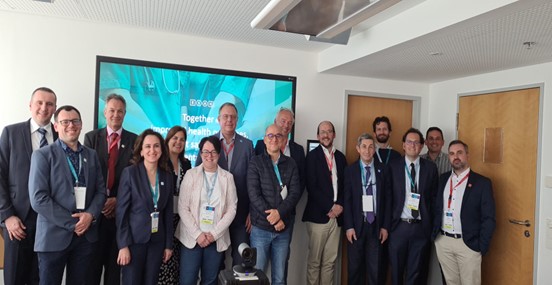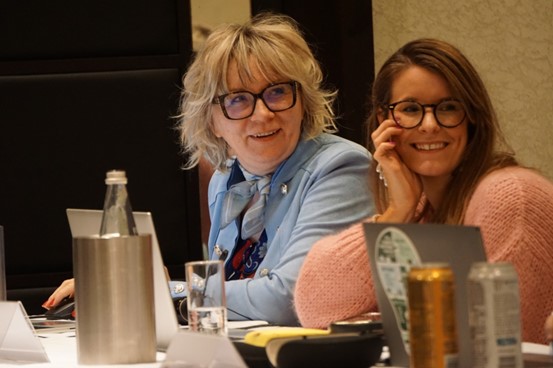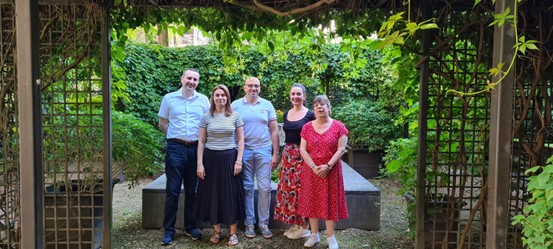Newsletter 2024
EDAIC - The 40th Anniversary
I received this morning the following message from Lise Carratala and Hugues Scipioni from ESAIC Headquarters in Brussels:
“Hugues and I wanted to share some amazing news with you:
We can already communicate with certainty that we have reached 4,000 EDAIC Part I candidates on the 40th anniversary of the EDAIC!
We thought you would be glad to hear about it as we are reaching more and more candidates in 55 countries (with 96 centres)!”
It all started with the European Academy of Anaesthesiology, which was founded in September 1978 following three years of discussions between leading European anaesthesiologists.
Under the presidency of Prof. Jean Lassner from Paris, the Academy organised an Annual Meeting and launched the “European Journal of Anaesthesiology” in March 1984.
Between other goals, the Academy embraced the mission to standardise levels in Europe when the doors of the “Iron Curtain” opened up and thousands of colleagues practising anaesthesia in Eastern European countries arrived in Western Europe.
The aim was to create a “supranational” examination to achieve a uniformly high standard of knowledge by anaesthesiologists throughout Europe as judged by an independent Board of Examiners.
With this intention, the European Academy organised in April 1984 the first Examinations Committee meeting in London to write the questions for the first European Exam.
The faculty in charge of the compilation of the questions (some of them based on questions from the UK, USA and Australia) was led by Dr John Zorab from Frenchay Hospital in Bristol, UK.
Following the high-standard exams by the Royal College in Great Britain and Ireland, it was decided to create a two-part exam in Europe: a written Part I exam followed by an Oral Part II exam for successful Part I candidates.
In September 1984, the first Part I of the European Diploma was held in Strasbourg (led by Prof. Jean Lassner) and Oslo (led by Prof. Harald Breivik), and in June 1985, the first oral Part II exam was also held in Strasbourg and Oslo.
The first written exams were held in 4 languages at 2 centres.
In 2005, the three main European organisations in Anaesthesiology (the ESA—European Society of Anaesthesiologists, the European Academy of Anaesthesiology, and the CENSA—Confederation of European National Societies of Anaesthesiology) decided to merge.
This amalgamation (Figure 5) formed a big European Society of Anaesthesiology (ESA), later called ESAIC (European Society of Anaesthesiology and Intensive Care).
Under this amalgamation, the European Exam became part of the European Society of Anaesthesiology and was commended to the Examinations Committee. Sir Peter Simpson (Figure 6) was elected Chair of the Examinations Committee, and after his election as President of the new ESA (2006), I (Zeev Goldik) was elected Chair of the Examinations Committee, completing 10 years as Chair until 2015. Sue Hill, Andrey Varvinskiy, Bazil Ateleanu, and now Markus Klimek followed.
The European Diploma, now called EDAIC—European Diploma in Anaesthesiology and Intensive Care is endorsed by the European Board of Anaesthesiology (EBA, UEMS) and the Council for European Specialist Medical Assessments (CESMA, UEMS).
All questions of the EDAIC have been created to match the domains set. In September
All questions of the EDAIC have been created to match the set domains. In September 2024, we will complete the cycle by holding Part I at the 40th Anniversary of the European Exam, this time in 11 languages: English, German, French, Spanish, Italian, Russian, Polish, Hungarian, Portuguese, Turkish, and Romanian. It will take place in 55 countries and 96 centres.
The European Exam has also become a global exam, with many countries outside of Europe using it and some even adopting it officially.
Today, almost every speciality in medicine has created its own European Exam, and we, the anaesthesiologists, were the first founders of this project in the year 1984.
The success of the European Exam is the merit of so many colleagues and friends who have acted over all these years as educators, spreading the value of the exam, compiling and creating questions, and acting as translators, examiners, and hosts in centres all over the world.
Let us celebrate the 40th Anniversary!
Authors
- Zeev Goldik (MD, FESAIC) – Clinical Assistant Professor- Head of Anaesthesia- Intensive Care and Pain Service, Lady Davis Carmel Medical Centre, Haifa- Israel, Past- President, Board of Directors and Life Honorary Member European Society of Anaesthesiology and Intensive Care
Goals of the European Diploma in Anaesthesiology (EDA) as formulated by the European Academy) 1986
• Testing of knowledge.
• Positive effect on training programs.
• Recognition of merit.
• Help in judging applicants trained in other countries.
• An advantage in competing for permanent positions.

